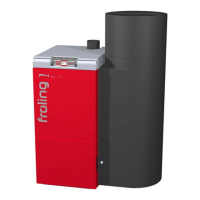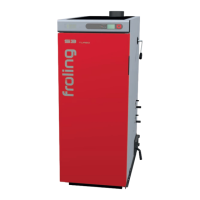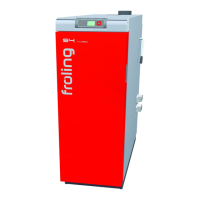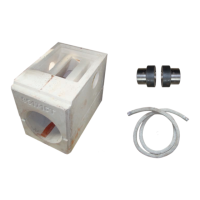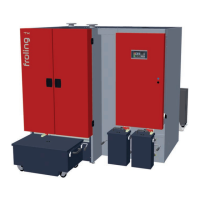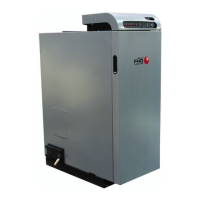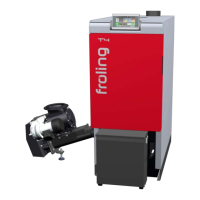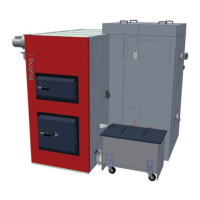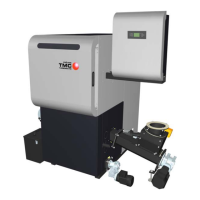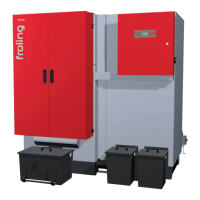2.3.3 Outside Combustion Air
Provision for outside combustion air may be necessary to ensure that
fuel-burning appliances do not discharge products of combustion into
the house. Guidelines to determine the need for additional combustion
air may not be adequate for every situation. If in doubt, it is advisable
to provide additional air.
Outside air may be required if:
1. The solid fuel fired appliance does not draw steadily; experiences
smoke roll out from boiler, burns poorly, or back drafts whether
or not there is combustion present.
2. Existing solid fuel fired equipment in the house, such as fireplaces
or other heating appliances smell, do not operate properly, suffer
smoke roll out when opened, or back-draft whether or not there
is any combustion present.
3. Any of the above symptons are alleviated by opening a window
slightly on a calm (windless day).
4. The house is built very tightly with a well sealed vapor barrier or
foam type insulation and tight fitting windows and/ or has any
powered devices which exhaust in the house.
5. There is excessive condensation on windows in the winter.
6. A non-balancing ventilation system is installed in the house.
7. Where fans are used in the fuel storage area, they should be
installed so as not to create negative pressures in the room
where the boiler is located.
If these, or other indications, suggest that infiltration air is inadequate,
additional combustion air should be provided from the outdoors.
If a mechanical ventilation system (air exchange or heat recovery) is
already present in the home it may be able to provide sufficient
combustion make-up air for the solid fuel fired appliance. The ventilation
system may need to be re-balanced after installation of the Froling P4.
2.3.4 Installing the heating system
The entire heating system has to be designed according relevant
national and local codes. The nominal power of the Central Heating
Boiler shall be corresponding to the calculated heat demand for all
heating appliances connected to the heating system both in summer and
winter time.
The heating system must be able to carry all heat produced by the
Central Heating Boiler and additional heat source, if applicable. The
whole heating system as well as all heating zones has to be hydraulically
balanced.
Special arrangements have to be provided for initial filling or re-filling
and bleeding of all heating zones. Flow-check valves and zone-valves
have to be installed for proper adjustment of water flow rates. All piping
must be water and air tight and insulated safely.
If there is a risk of freezing for parts of the heating system all water
within these heating zones has to be frost-proof!
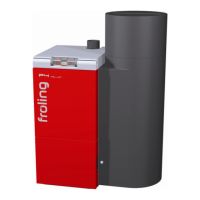
